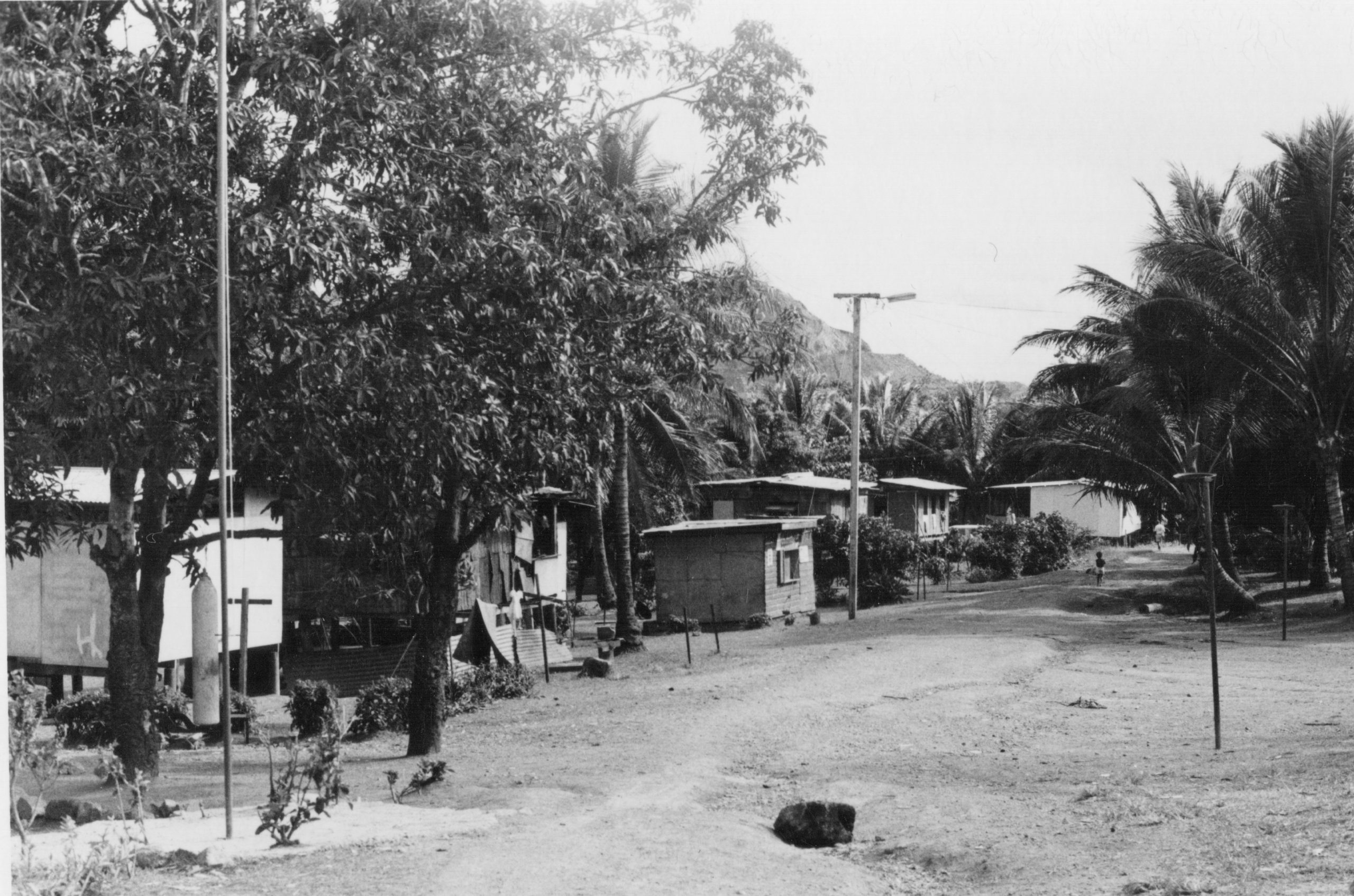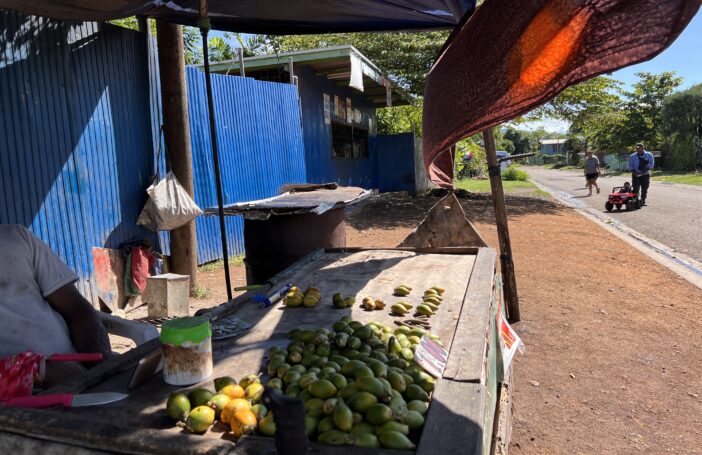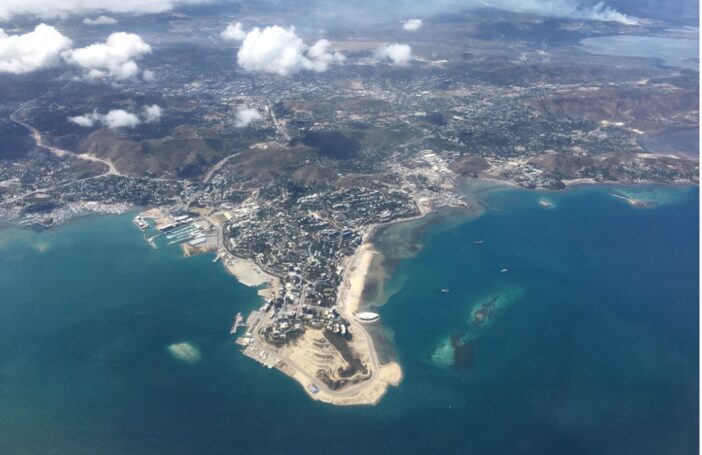Quantitative studies of interhousehold transfers in Papua New Guinea are few and far between. In 1982-83, a study was conducted of interhousehold transfers in urban areas, with a focus on poorer households. While some papers were published at the time, a comprehensive report on this study has just been published, in January 2023.
The study covered four urban census units in Port Moresby and Madang, selected because in the 1980 census each had a high proportion of households without wage-earners. The four census units were Nine Mile and Gordons Ridge settlements in Port Moresby, and Wagol settlement and Biliau traditional village in Madang.
The main data collection methods were a demographic and economic survey of all 415 households (2,548 residents) in the four census units, and a two-week income and consumption survey of a sample of 48 households (295 residents). The income and consumption survey sample was divided into two strata, 24 households with wage-earners and 24 households without wage-earners.
Across the four census units 73% of households had at least one wage-earner. Not surprisingly, income from wage employment (mainly unskilled and semiskilled) was the dominant form of income (an estimated 66% of all income). Income from the informal sector and subsistence activities contributed an estimated 20% and 14% of all income earned. Informal sector and subsistence activities were particularly important for households without wage-earners.
In the household survey, at least 10% of households had overnight visitors in each census unit the night before the survey. Unlike other similar surveys, we included in the definition of transfers the value of meals given and received and overnight hospitality.
We found that inwards transfers were dominated by transfers in kind (other than meals and overnight hospitality), but that the largest single component of outwards transfers was meals given. The level of transfers we recorded was higher than in comparable studies.
Net transfers significantly reduced inequality. For households with wage-earners, the effect of net transfers was to reduce consumption by 6%. But for households without wage-earners, the effect of transfers was to increase consumption by 24%, and for the lowest quartile of households, net transfers increased consumption by 61%. In sample households, there was no significant difference between food consumption per person in households with and without wage-earners. In terms of food consumption, donor households were reducing their food consumption to much the same level as recipient households.
We were also interested in looking at food adequacy for households. We calculated the calories and protein consumed by a household using the income and consumption survey data and World Health Organization tables of food yields current at the time. These were then compared to the minimum calorie and protein requirements for that household based on updated World Bank requirements (p. 4).
Despite the high level of transfers recorded in the study, an estimated 57% of households in the four census units received less than their minimum calorie requirements, and an estimated 41% received less than their minimum protein requirements. As other studies have also found, calorie consumption did not respond as much to income as protein consumption.
These overall levels of food deficit appear high, particularly for calories. In the poorer urban areas where this survey was conducted, even with the assistance of an active transfers system with strong redistributive effects, many households did not get enough to eat. This was mainly because those urban kin providing most of the inwards transfers simply did not have enough to give more. People with little to spare were helping people poorer than themselves. In addition, a few of the households in food deficit were relatively isolated from the transfers system, either by choice or circumstance, and were not getting much help.
In summary, the study showed both the importance of different types of transfers for poorer households in urban areas, and the prevalence of food deficits in poorer urban areas. Although the study dates from the 1980s, given the paucity of detailed studies of urban household transfers, it is still relevant to PNG today. Transfers no doubt remain important for PNG’s urban poor, but may still be inadequate to eliminate poverty and food deficits.
Read the full report ‘Interhousehold transfers in urban PNG: a study from the 1980s’ by Louise Morauta. Dr Morauta will be presenting a seminar on the report and its findings as part of the monthly ANU-UPNG seminar series on 31 March 2023, in-person at ANU and UPNG, or online via Zoom. Further information and registration.






Thank you for your comment, Andrew. Some analysis of the data was undertaken in the early 1980s. Three papers were written in that period, two being for seminars. These presented summary findings and some policy recommendations. The report published in January 2023 provides a more comprehensive analysis of the data, compares the findings to more recent studies, and provides data by household in Excel spreadsheet format for use by other researchers.
I agree it would have been better if the more comprehensive analysis had been published earlier. Other commitments, and then a change of career (moving out of academia into the public service) meant I was not available to undertake the larger task. As I mention in the report, I had always hoped I would be able to come back to the project, but I didn’t have the time until after I had retired.
40 years must be some kind of record for a delay between fieldwork and analysis/publication. I’m wondering what the reason was.